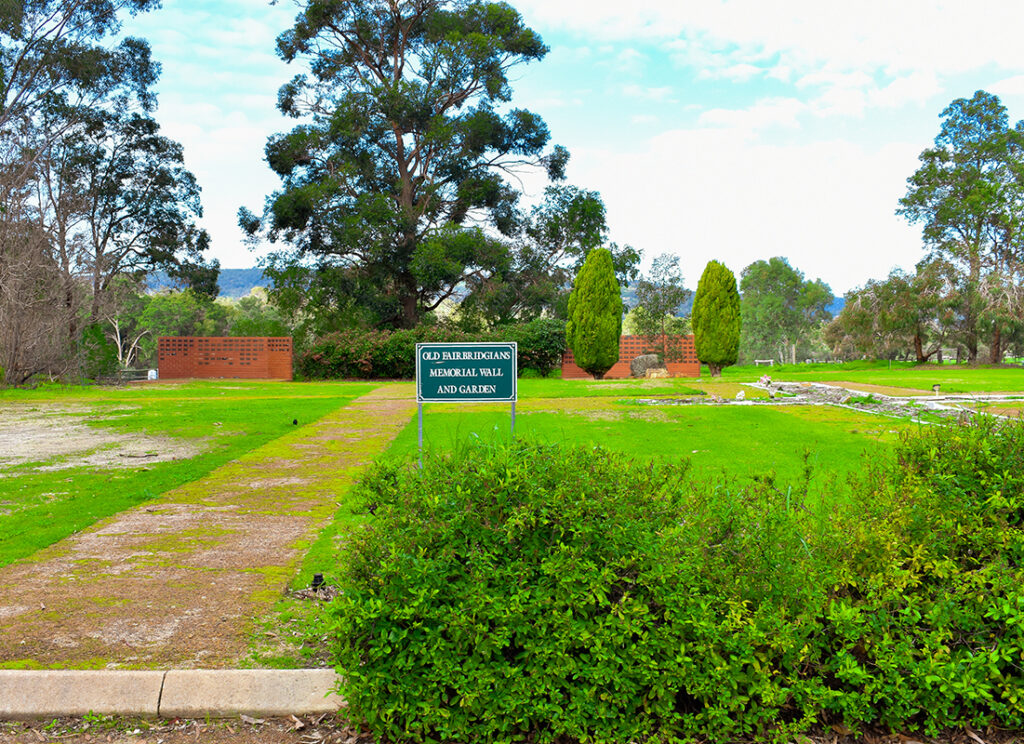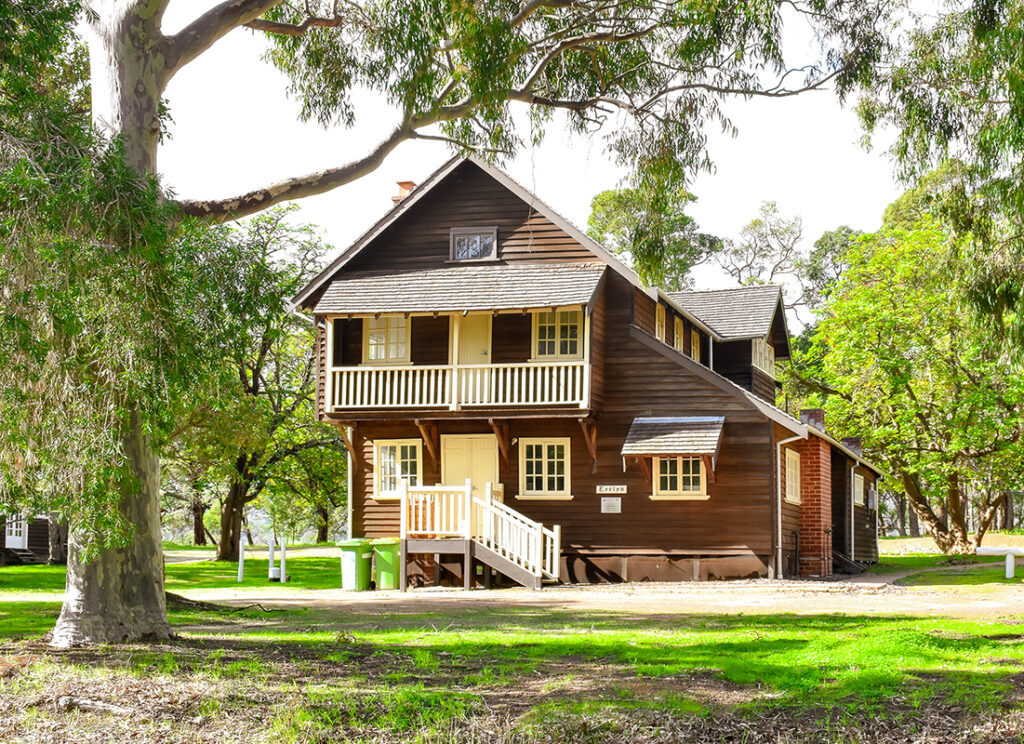
Corporate team building has evolved into a key part of successful business strategies. It’s no longer just about icebreakers and trust falls. Today, it focuses on creating strong relationships, fostering collaboration, and enhancing communication.
By investing in team-building activities in places like Fairbridge Village, businesses can build a more cohesive and productive team, which is crucial in today’s competitive environment. Let’s dive into what corporate team building really means, why it’s important, and what makes it effective.
The Purpose of Corporate Team Building
Corporate team building aims to strengthen the relationships between employees while aligning them with company goals. When done correctly, it promotes unity and trust within the team. Stronger connections lead to better collaboration, which translates into increased productivity and overall job satisfaction. Here are some key objectives of corporate team building:
- Improving Communication: Team-building activities often put people in situations where they need to communicate clearly to achieve a shared goal. This helps break down barriers and encourages open, honest conversations, making work interactions more effective.
- Encouraging Collaboration: Many team-building exercises are designed to require input from multiple team members, fostering a sense of collaboration. It allows individuals to see how their roles fit into the bigger picture and how collective efforts produce better results.
- Boosting Morale: A positive team environment is crucial for maintaining high morale. Team-building activities give employees a break from routine work, and the social aspects can refresh their perspective, helping them feel more valued.
- Reinforcing Company Culture: A well-executed team-building event can reinforce the values and culture a company wants to promote. When employees engage in activities that reflect the company’s mission, it strengthens their connection to the organisation.

Types of Corporate Team-Building Activities
Team-building activities have become more creative over the years, offering a wide range of options to suit different teams, environments, and goals. Below are some popular categories of activities:
Outdoor Team Building
Outdoor activities encourage employees to step out of their usual work setting and engage with each other in nature. Whether it’s a ropes course, scavenger hunt, or sports day, these activities combine physical challenges with teamwork. The change of scenery also helps people think more creatively, leading to fresh ideas.
Fairbridge Village in Western Australia is a great example of a venue offering unique outdoor team-building experiences. Their program includes both traditional and unconventional activities, such as archery, survival skills workshops, and even community-building exercises like volunteer projects.
Problem-Solving and Strategic Challenges
Problem-solving activities are designed to test a team’s ability to work together under pressure. Escape rooms, murder mystery events, and strategy games all require participants to communicate, collaborate, and think critically. These challenges mirror real-life work scenarios, helping employees practice skills like time management, critical thinking, and decision-making in a fun environment.
Workshops and Skill-Building Sessions
Some team-building activities focus on professional development, offering workshops or training sessions that help employees learn new skills while fostering teamwork. These sessions might focus on leadership, conflict resolution, or emotional intelligence. The benefit of these activities is that they contribute directly to an individual’s growth while simultaneously enhancing the team dynamic.
Social and Recreational Activities
Sometimes, the best way to bring a team together is through simple social interactions. Team dinners, happy hours, or a day out bowling can do wonders for building camaraderie. While these activities may not have a specific work-related objective, they allow people to bond on a personal level, which translates into better workplace relationships.

The Role of Venue and Environment
The success of a corporate team-building event can often hinge on the chosen venue. A unique or inspiring setting can enhance the experience, encouraging participants to fully engage with the activities. Venues like Fairbridge Village offer an ideal environment for corporate events. Set in a historical village, it provides a variety of meeting spaces, outdoor activities, and accommodation, all within a natural setting that fosters creativity and team cohesion.
Choosing a location that fits the goals of the team-building activities is important. A venue should be versatile enough to accommodate different types of exercises, whether they’re indoor workshops or outdoor adventures.
Conclusion
Corporate team building is far more than a day away from the office – it’s an investment in the company’s most valuable asset: its people. Through structured activities that focus on communication, collaboration, and leadership, businesses can foster stronger teams that work more effectively together.










